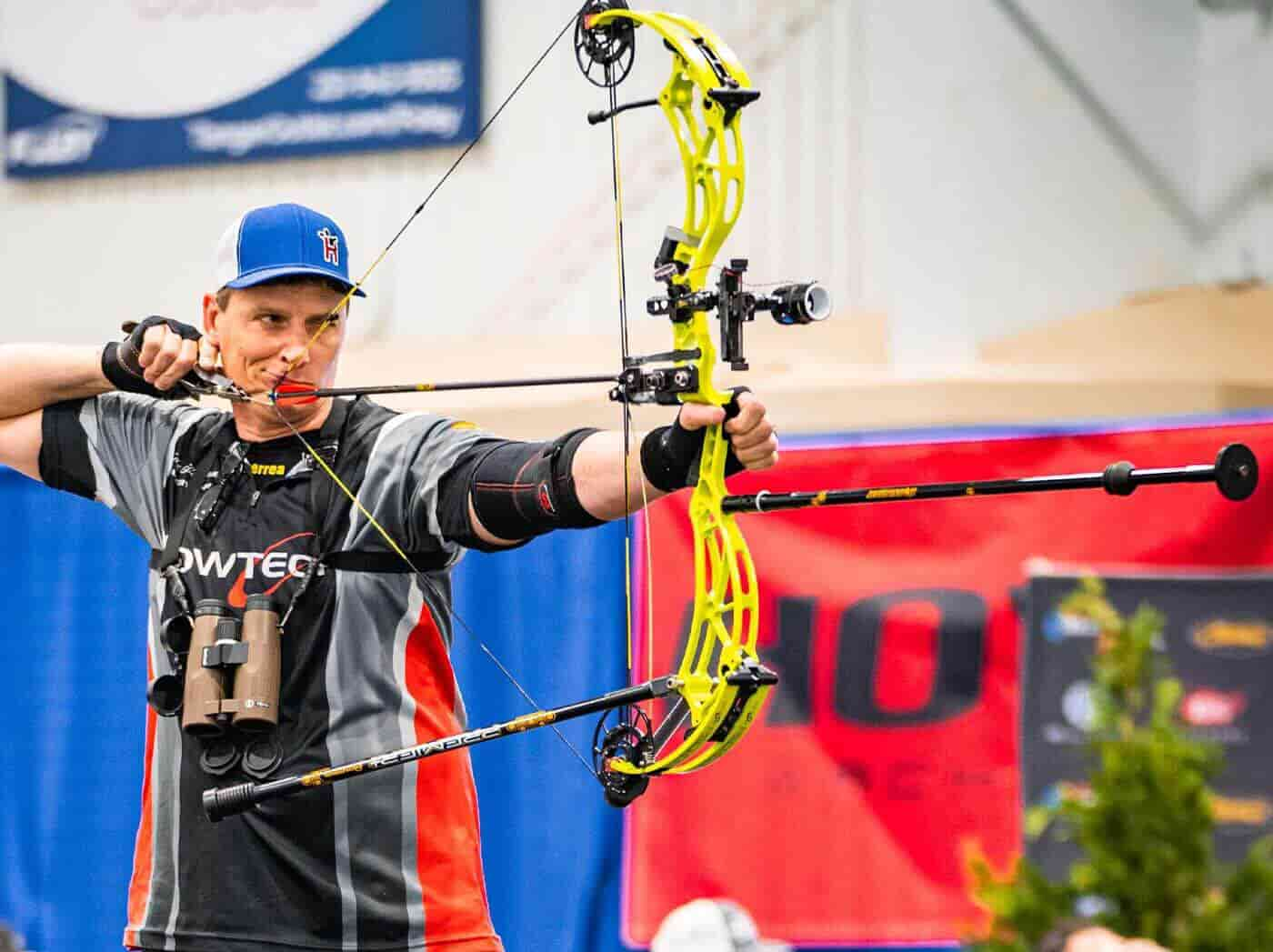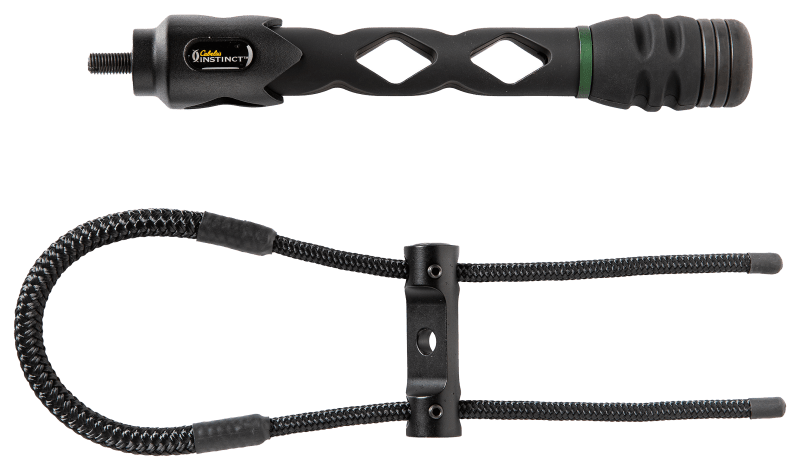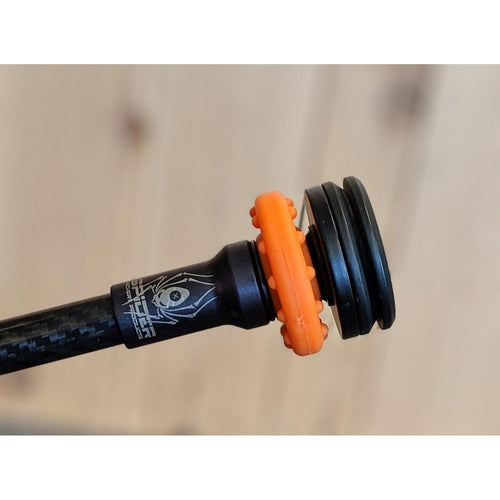The Science Behind Archery Stabilizers: How They Boost Efficiency
The Science Behind Archery Stabilizers: How They Boost Efficiency
Blog Article
Master the Art of Archery: Comprehending the Value of a Stabilizer in Your Setup
Whether one is an experienced archer or just starting their trip, the value of a stabilizer in their setup can not be overemphasized. By understanding the advantages of using a stabilizer, thinking about the best factors when selecting one, and correctly setting up and changing it, archers can raise their abilities to new elevations.
The Function of a Stabilizer in Archery
A stabilizer plays a vital duty in archery by boosting balance and decreasing vibrations during the shot. When an archer attracts the bowstring and releases it, there is a transfer of energy that can create the bow to shake. These resonances can negatively impact the precision of the shot. A stabilizer helps to neutralize these vibrations by soaking up and dissipating the energy.
One of the main advantages of a stabilizer is its ability to boost balance. When an archer holds a bow, it can be testing to preserve a steady objective. The weight of the stabilizer aids to disperse the weight equally, reducing the strain on the archer's arm and enhancing security. This permits the archer to concentrate on their aim and perform a much more exact shot.
In enhancement to equilibrium, a stabilizer likewise helps to reduce torque. The weight and layout of a stabilizer neutralize this turning, making certain an extra exact and regular shot.
Advantages of Using a Stabilizer
The utilization of a stabilizer in archery supplies countless advantages that improve an archer's performance and overall capturing experience. First of all, a stabilizer assists to minimize the resonances produced upon release of the arrow. These resonances can cause the acquiesce torque or twist, causing imprecise shots. By soaking up and wetting these vibrations, the stabilizer boosts the stability of the bow, permitting more consistent and accurate shots.
Second of all, a stabilizer helps to stabilize the bow by adding weight to the front end. This weight circulation neutralizes the all-natural tendency of the acquiesce tip forward upon release, lowering the amount of movement and improving the archer's capacity to maintain objective on target.

Finally, a stabilizer can likewise function as a shock absorber, minimizing the shock and recoil experienced upon launch. This not only enhances the comfort of capturing yet additionally lessens the threat of injury or pressure on the archer's body.
How a Stabilizer Boosts Precision
Enhancing the precision of an archer's shots, a stabilizer plays an essential duty in enhancing total performance. archery stabilizer. By including security to the bow, a stabilizer assists minimize the unwanted activity and vibration that can occur throughout a shot. This reduction in motion permits the archer to maintain a stable objective, causing more constant and accurate shots

In addition, a stabilizer helps to wet vibrations that occur upon launch. These resonances can cause the bow to shake, affecting the arrowhead's trajectory and accuracy. By soaking up and dissipating these resonances, a stabilizer assists to maintain the bow's stability and ensure a exact and smooth shot.
Additionally, a stabilizer can also assist in balancing the weight distribution of the bow (archery stabilizer). By adding weight to the front of the bow, a stabilizer aids to stabilize the weight of accessories, such as quivers or sights, which might be affixed to the bow. This balanced weight distribution aids the archer maintain a controlled and constant shooting setting, causing boosted precision
Variables to Think About When Picking a Stabilizer
When picking a stabilizer for your bow, it is essential to take into consideration several variables that will contribute to its general performance and suitability for your specific shooting style. The initial factor to take into consideration is the length of the stabilizer.
Another variable to consider is the weight of the stabilizer. The weight of the stabilizer can affect the equilibrium of your bow. A heavier stabilizer can help to reduce resonances and improve security, causing a steadier shot. However, a lighter stabilizer may be favored by shooters that focus on ability to move and rate.
Some stabilizers have adjustable attributes, such as flexible length or adjustable weights, which permit you to tailor the stabilizer to your certain requirements. Carbon fiber stabilizers are durable and light-weight, while light weight aluminum stabilizers provide an equilibrium in between weight and rigidness.
Finally, it is vital to consider your capturing style and choices. Various stabilizers may work much better for sure shooting designs, such as target shooting or searching. It is a good idea to seek advice from seasoned archers or specialists to identify which stabilizer will finest match your private demands. In general, thinking about these elements will certainly assist make sure that you choose a stabilizer that boosts your capturing experience and boosts your accuracy.
Tips for Properly Setting Up and Adjusting a Stabilizer
Longer stabilizers supply even more stability however can be less discover this info here maneuverable, while shorter stabilizers provide enhanced ability to move but may sacrifice security. When you have chosen the suitable length, attach the stabilizer to the bow making use of the given placing equipment. Make sure that the stabilizer is firmly fastened and lined up with the bow's riser.
After setting up the stabilizer, it is needed to make modifications to achieve the desired balance and shot uniformity. Beginning by readjusting the weight distribution along the stabilizer. This can be done by adding or getting rid of weights from the stabilizer's weight system. Trying out different weight setups to locate the equilibrium that functions ideal for you. In addition, take into consideration readjusting the angle of the stabilizer to adjust the click site shot. A small onward or backwards tilt can impact the bow's equilibrium and how it responds throughout the shot.

Conclusion
To conclude, a stabilizer plays an essential function in archery by improving accuracy and minimizing bow torque. By including weight to the bow, Read More Here it aids to stabilize and support the shot. When selecting a stabilizer, elements such as weight, length, and material need to be taken into consideration to fulfill specific needs. Appropriate setup and modification of the stabilizer are likewise necessary for ideal performance. Mastering making use of a stabilizer can substantially boost the archer's skill and accuracy.
In addition, a stabilizer can also help in stabilizing the weight distribution of the bow. By adding weight to the front of the bow, a stabilizer helps to balance the weight of devices, such as sights or quivers, which may be affixed to the bow. Some stabilizers have flexible features, such as flexible size or flexible weights, which allow you to tailor the stabilizer to your certain requirements. Carbon fiber stabilizers are sturdy and light-weight, while light weight aluminum stabilizers supply an equilibrium between weight and rigidness.
Longer stabilizers provide more stability but can be much less maneuverable, while shorter stabilizers offer raised maneuverability yet may compromise stability.
Report this page